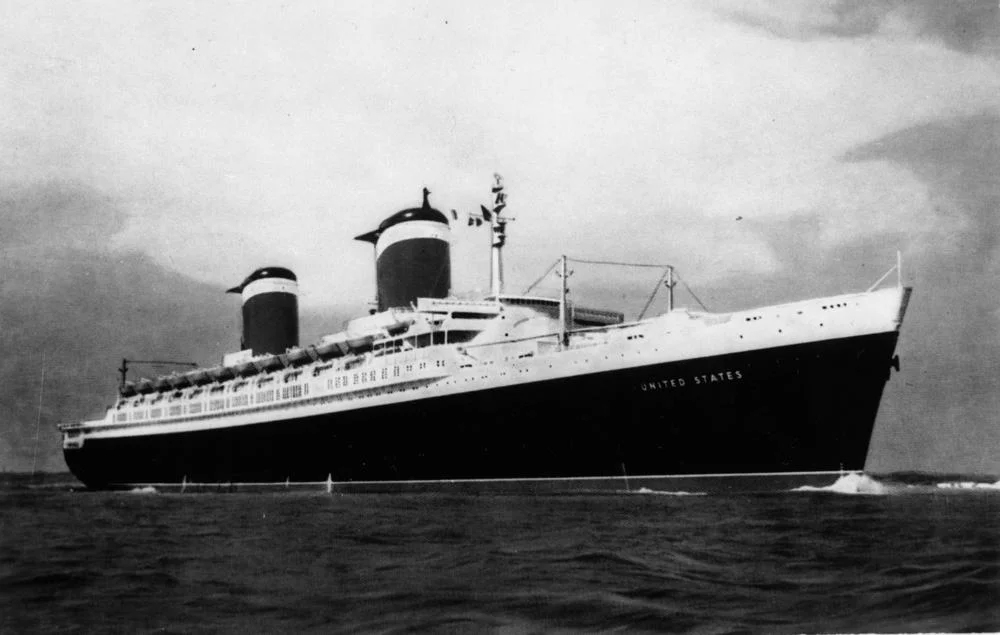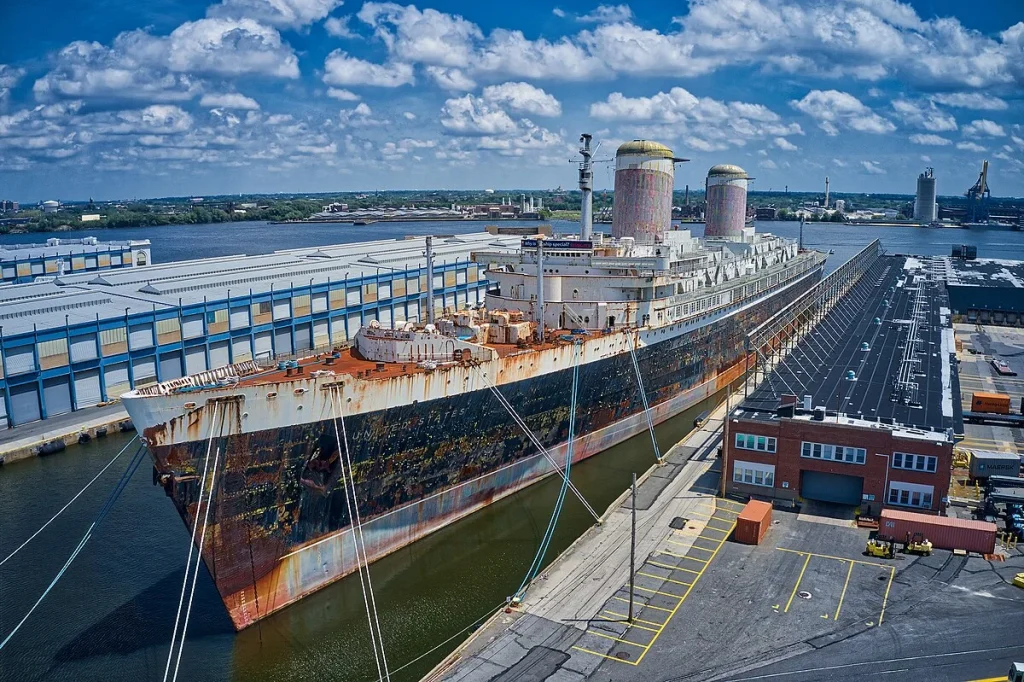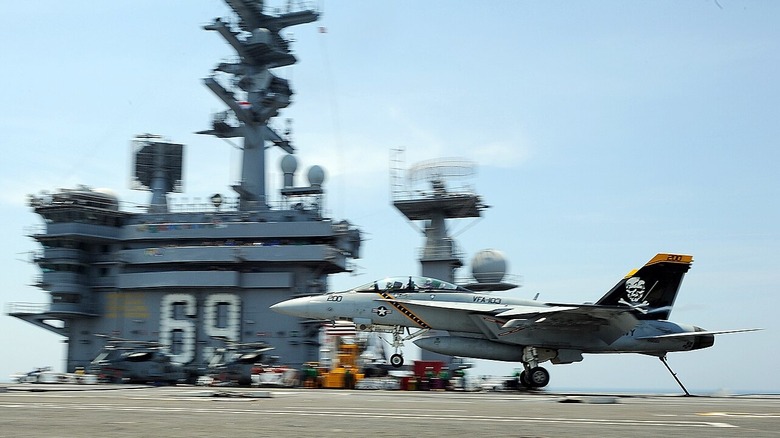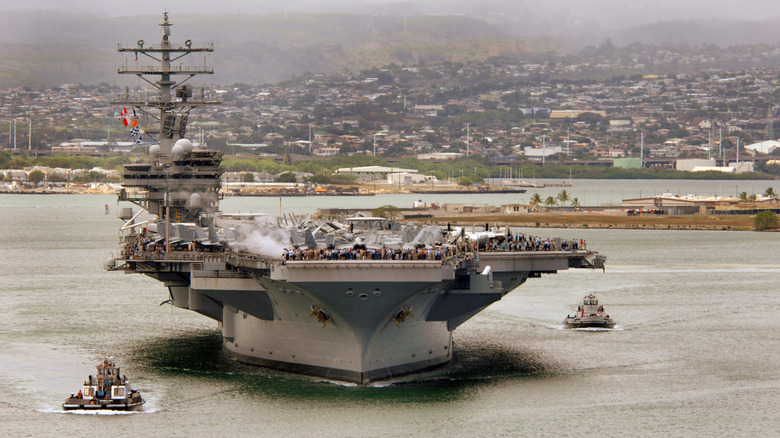3 January 2026:
Here we are, back with you in a shiny new year (still trying to figure out where 2025 got to!), and still (hopefully) offering some interesting bits and pieces of maritime news, trivia, and historical stories. For those of you new to Maritime Maunder - welcome! You are joining some 316,000 other folks world wide who have followed us over the 11 /2 years of our existence.
Several months ago, we announced the removal of the ocean liner SS United States from its berth in Philadelphia PA after being evicted from its home there for non-payment of the dockage. The ship had fallen into terrible disrepair and was unsafe for any one to board, obviating it intended purpose as a tourist attraction. After months - actually years - of negotiation, the ship was sold for $1 million to Pensacola, Florida where it would ultimately be sunk and used as a reef for sport divers (never mind it would be in 180' of water when the generally accepted sport diving depth limit is 120'.) So now, a new wrinkle has appeared. From supercarblondie.com:
~~~~~~~~~~~
This historic seven-figure ocean liner is caught up in the middle of a battle – NYC is fighting to save it, whilst its Florida owner wants to sink it.
The SS United States holds the distinction of having the transatlantic speed record.

But its glory days are far behind it now, and Okaloosa County in Florida want to sink it as part of a reef project.
But New York City has other plans and wants it to be restored for use as a museum and waterfront attraction.
The ship was bought by Okaloosa County last year for $1 million.

In a move that will have surprised many people, the county announced it had plans to sink it as part of a reef project.
The hope was that it could be promoted as the ‘World’s Largest Artificial Reef’ and become a tourist dive attraction.
However, up in New York City, there were objections to this plan.
Councilwoman Gale Brewer introduced a resolution urging Congress and President Trump to intervene.
She wanted the ship to be made a historic location, restore it to its former glory, and make it a waterfront attraction.
“Letting this iconic vessel slip away would mean losing a huge opportunity to create a great new public space and maritime museum that could educate and inspire New Yorkers about our maritime history for generations,” a representative for Brewer told The New York Post.
A petition from the New York Coalition to save the SS United States has gained more than 15,000 signatures.
That sounds all pretty good, right?
There’d be a lot of people who relish the opportunity to look around a historic ocean liner.
So why are the Floridian owners planning to sink it?
The president of Visit Pensacola, Darien Schaefer, hopes that making the vessel a diving attraction will put the region on the world’s radar.
If sunk 180 feet below the water, the SS United States would join a dozen other shipwrecks in the area. [ed: note sport diving generally limits depths to 120' for obvious safety reasons]
However, historians have testified in favor of Councilwoman Brewer’s resolution.
“There is an extraordinary opportunity to transform this national treasure into a stationary, dynamic cultural and economic asset,” retired education administrator David Di Gregorio testified on November 20th.
“The exterior of the SS United States — sleek, iconic and nearly as long as the Chrysler Building is tall — can once again inspire millions.”
Gilma Fields, from the SS United States Ocean Liner Preservation Foundation, called the planned sinking an ‘unthinkable catastrophe’.
Things aren’t looking good though, as the ship is still set to sink by March, as reported by The Daily Gazette.
~~~~~~~~~~~~~~~~
So, 3 months to go; will Florida carry out its plan to sink the ship, or will New York prevail? Given the results of the recent election in NYC, we suspect that saving this icon of capitalistic success will fail, and the ship will find its new home under 180 feet of salt water in the Gulf. Should more on this appear, we will bring to these pages.
Until next time, stay safe.
Fair Winds,
Old Salt








